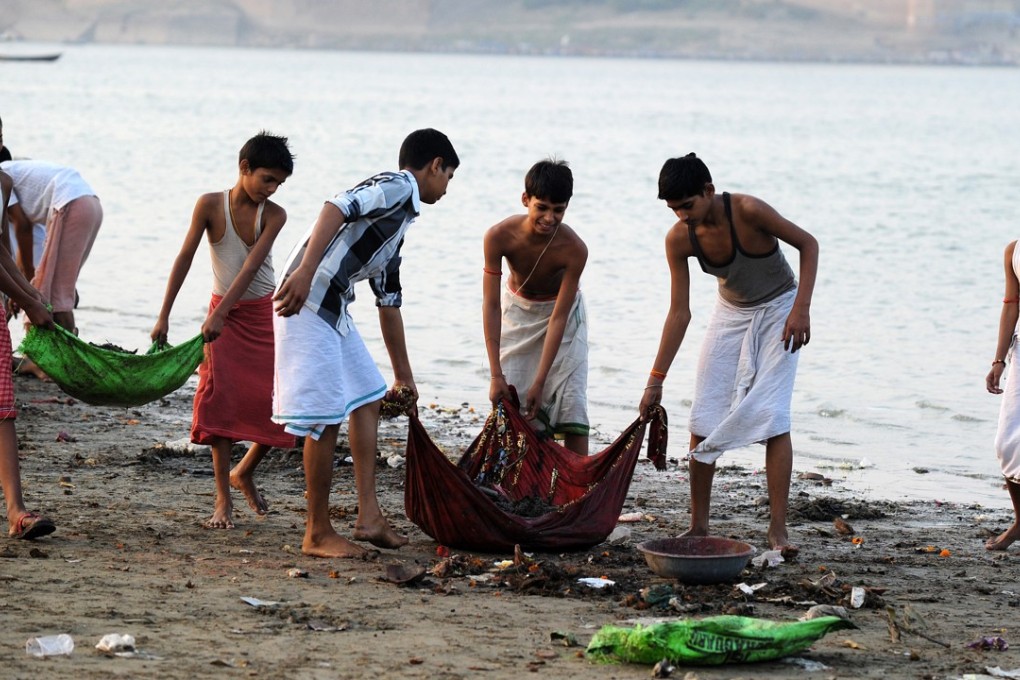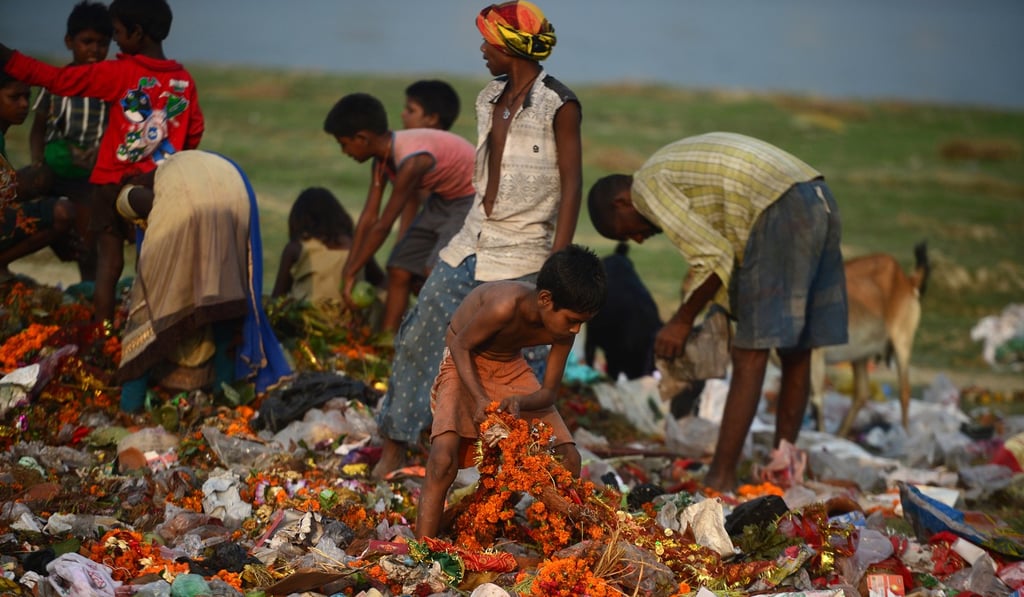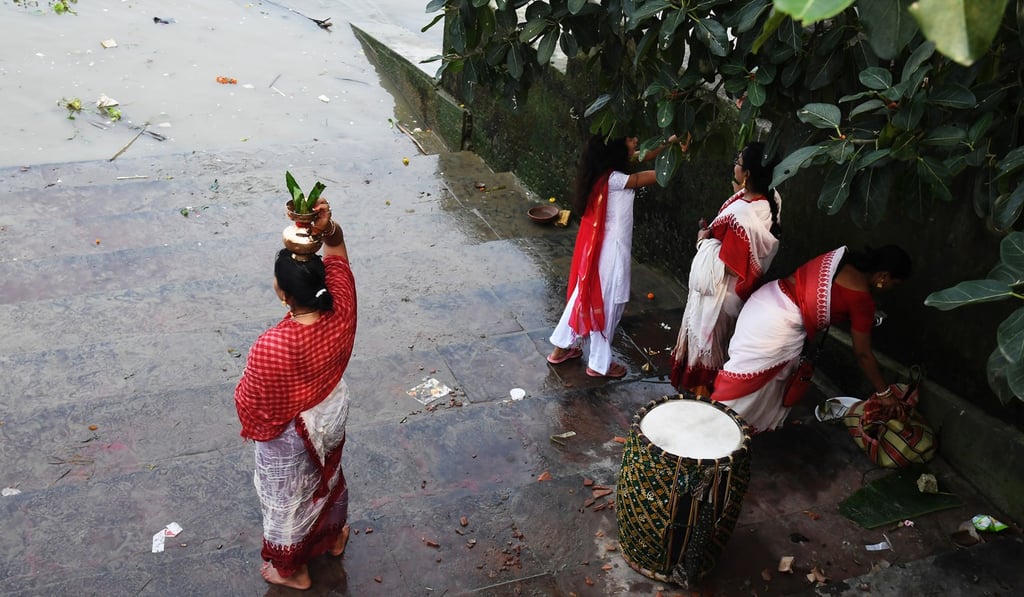India is killing the Ganges, and Modi can do nothing about it
India is killing the Ganges, and the Ganges is killing India. The waterway that has nourished more people than any on earth for millennia is now so polluted it is a menace to public health


“He’s brilliant and he will make corruption disappear,” said Tanvir Singh, 32, a resident of Varanasi who runs a business selling car accessories. Crowds of young men, drenched in sweat in the early summer heat, chanted “Modi! Modi!” as their champion garlanded statues of Indian heroes and paraded through the streets atop an open van. “Varanasi is an extremely important historical, cultural, educational and civilisational centre,” said BJP official Navin Kohli. “In the 2014 elections it’s emerged as the political capital … The BJP felt that by Mr Modi standing from Varanasi – from UP and Varanasi – it would also have an impact on a very large part of the Hindi heartland.”

WATCH: Can Modi clean the Ganges, India’s biggest sewage line?
In the short term, Modi’s bet paid off handsomely. He won the constituency easily, while the BJP won 71 of the eighty parliament seats in Uttar Pradesh, and went on to win control of the country in the most sweeping election victory for a generation. He did not forget the river after his election triumph the following month. “Ma Ganga has decided some responsibilities for me,” he said at a celebratory meeting. “She will keep guiding me and I shall fulfil the tasks one by one. From her source to her end, Ma Ganga is screaming for help. She is saying, ‘there must be one of my sons who will come and pull me out of this filth’ … There are many tasks that perhaps God has set for me.”